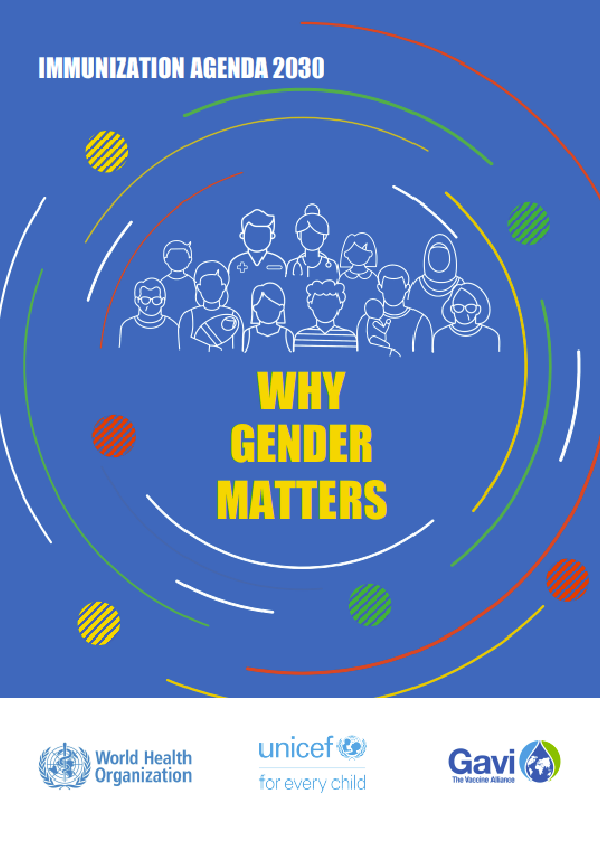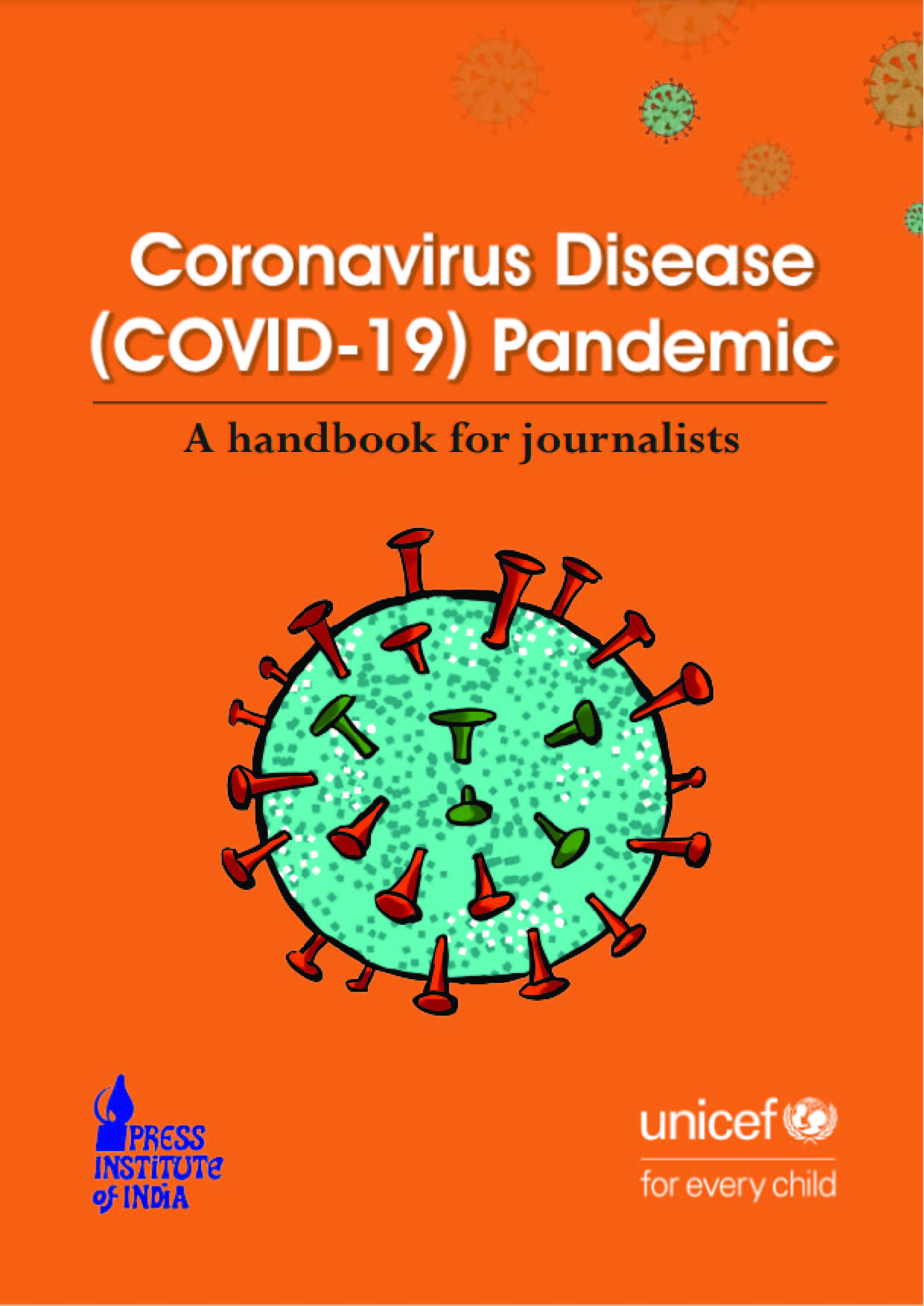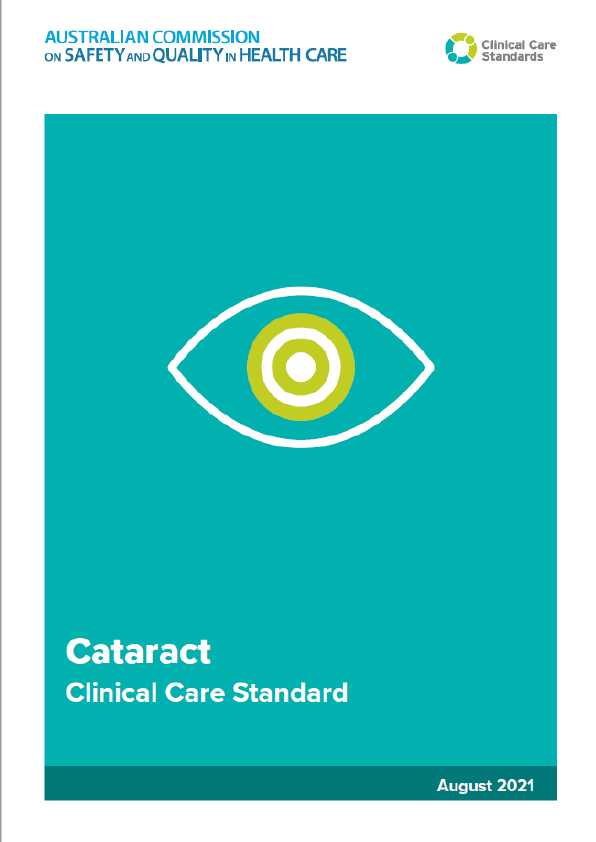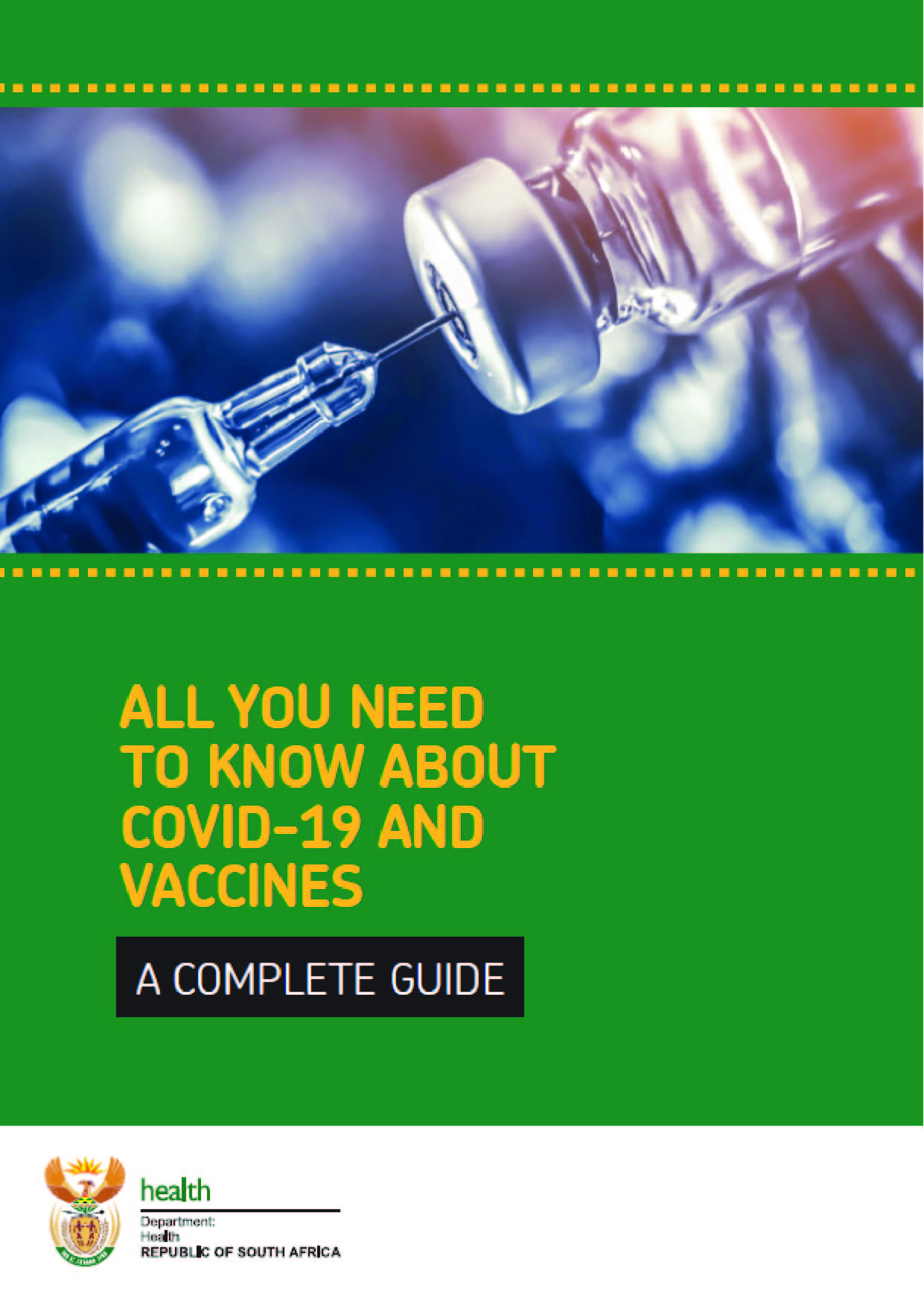Purpose and audience
Gender equality is a fundamental human right and a powerful driver for better health outcomes globally. Immunization interventions will only succeed in expanding coverage and widening reach when gender roles, norms and relations are understood, analysed and systematically accounted for as part of immunization service planning and delivery.
This document explains the need for mainstreaming of gender across the core principles and strategic priorities of Immunization Agenda 2030 (IA2030). Its purpose is twofold:
(i) to improve awareness and understanding of how gender-related barriers can affect immunization programme performance; and
(ii) to provide practical “how to” concepts, tools and methods, and actions that can be used to effectively integrate a gender perspective into immunization programmes.
The target audience is everyone engaged in supporting, managing or implementing immunization programmes – managers and service providers, as well as the staff of ministries of health and other sectors (e.g. ministries of education, ministries of gender, ministries of finance), civil society, international organizations and donor partners involved in realizing the IA2030 vision of a world where everyone, at every age fully benefits from vaccines for good health and well-being.
SUMMARY
Gender is a relational term used to describe socially determined differences between women and men, girls’ and boys’ roles, attitudes, behaviour and values as perceived in a given societal context. Sex is a biological difference.
Gender is NOT synonymous with just women and girls and NOT just for action or the benefit of women and girls only.
Women, men, girls and boys all must be involved to advance gender equality and societal transformation.
Not all women and girls are the same, as inequalities, needs and barriers differ across caste, ethnicities, age, location, wealth quintile, literacy levels, marital status, special needs (such as disability) and conflict conditions.
Gender mainstreaming is about addressing gender issues across all sections, sectors and levels in any planned action including legislation, policies and programmes.
Gender mainstreaming should consider the needs of all women and men, girls and boys equally
Why does gender matter for immunization?
Global studies have not found major sex-based discrepancies in immunization coverage: girls and boys have the same likelihood of being vaccinated in most low- and middle-income countries. A few exceptions exist at the subnational level within socioeconomically and geographically marginalized groups – boys have been found to be more immunized in some instances, and girls in others. However, attention to gender-related issues in immunization programs goes beyond focusing on coverage discrepancies between girls and boys. There are multiple ways in which gender roles, norms, and relations influence who gets sick, who has access and control over resources, who’s voice is heard, and who’s health needs are met, including immunization.
Gender impacts immunization both on the demand side, through people’s health-seeking behaviors, and the supply side provision of health services. To increase immunization coverage, and in particular to sustainably reach “zero-dose” children and missed communities, it is necessary to understand and address the many ways in which gender interacts with additional socioeconomic, geographic and cultural factors to influence access, uptake, and delivery of vaccines. These factors include age, race/ethnicity, religion, marital status, education, wealth, sexual orientation and gender identity, HIV status, disability, and migration status.
Immunization has been shown to be one of the best investments a government can make. The return on investment for immunization is higher than for education and infrastructure projects combined. Each dollar invested is estimated to generate a 26-fold return based on savings from healthcare costs and lost wages and productivity due to illness. Investments in women’s health have also been shown to yield broader economic growth. Combining gender-focused initiatives with immunization sets us on a path to maximize our return on investment in vaccines.











